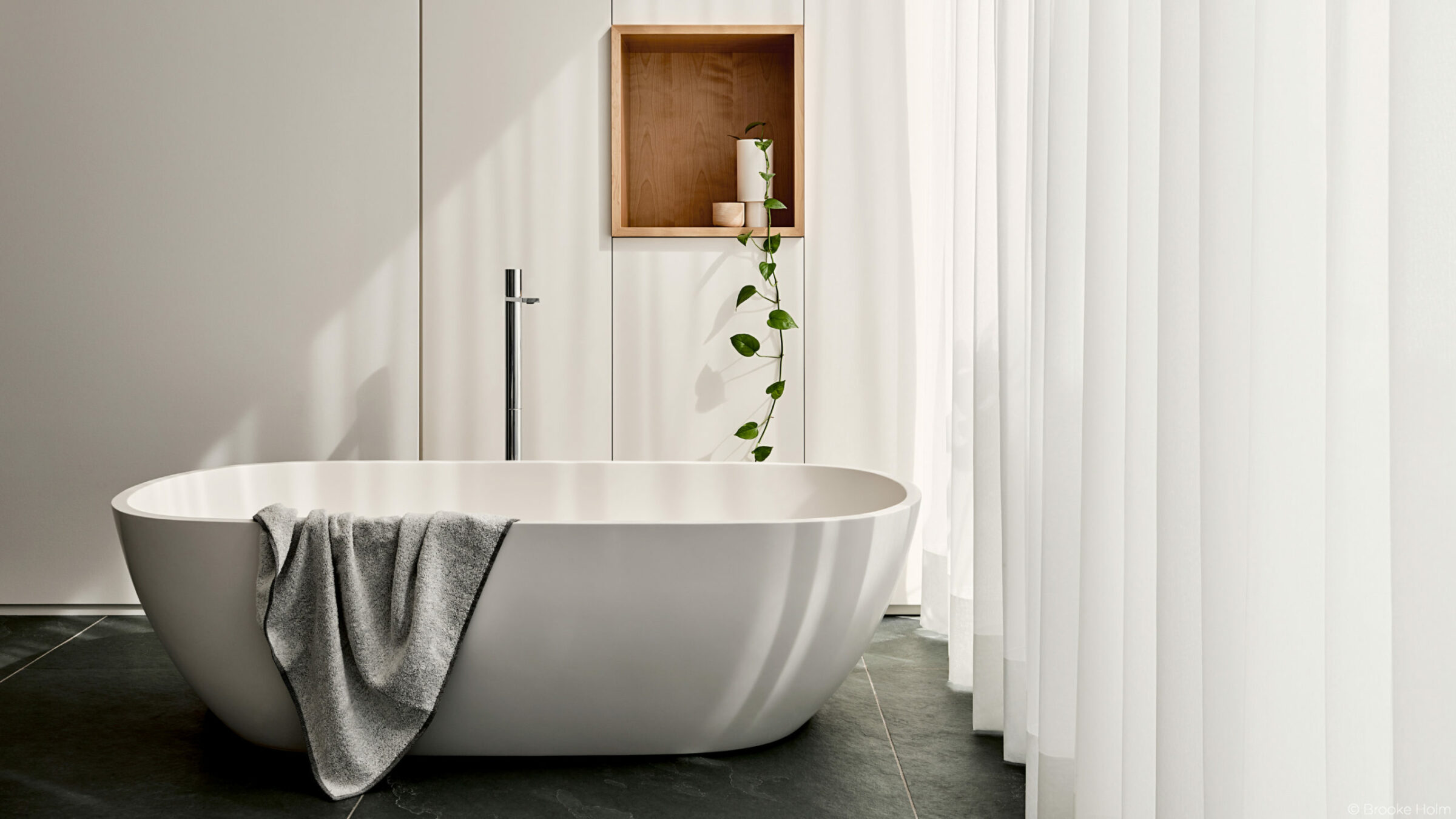Brooke Holm is a New York-based photographer whose work cuts across genres and styles. Her photography centers on the relationship between humans and the natural environment, a vision she employes in editorial, commercial and fine art projects of still life, interior, architecture and landscape.
Hi, I’m Brooke and I’m a photographer. This is where you’d expect me to tell you what kind of photographer I am but, to be honest, I have always been wary of defining my photography style. I believe it’s limiting to place yourself in a labeled box, because you can get stuck there, inhibiting your ability to grow and change.
"I’m particulary interested in how people impact their environment, and how they’re impacted by it in return."
My work is about intuition and feeling, it’s emotive, precise and technical, yet imperfectly human. I shoot across genres and use a variety of tools and technology. At the moment, most of my projects are a mix of interiors and architecture, still life and environmental/landscape photography. I seek to work with people and clients who are dedicated to their work and inspire me, which in turn feeds my knowledge and creates opportunity for new projects.
Capturing humans’ relationship with their surroundings
I have a fascination with space, architecture, and how humans interact with their surroundings. I’m particulary interested in how people impact their environment, and how they’re impacted by it in return.
This interest led me to using architecture and interiors as photographic subjects. When I first moved to Melbourne and was very green at photography, I worked for The Design Files and was given the opportunity to shoot a myriad of residences and commercial spaces for features. Thanks to that work I built up a network among architects, interior designers, galleries and magazines. My shooting style evolved and became recognizable within the industry, and my career kind of snowballed organically from there. In 2016, after 6 years in Melbourne, I moved to New York, where I now shoot with various clients and work on my personal fine art projects.
The extra edge of medium format
I shoot medium format because of its unmistakable aesthetic. For someone who is very detail-oriented, medium format offers the most specificity, depth, clarity and precision. It can also be unforgiving, because every little speck and flaw is captured. But when you can make it work for you, the results are remarkable. It’s slower to use medium format, and it requires more precision, but the resulting image always justifies the time and effort. I still believe that a good photographer can use almost any camera, but I have to admit that my work has been taken to a different level since I started shooting medium format. There is a deep richness to the work that was not there before, and the ability to create larger scale prints is a major benefit for me, since this is how I present my artwork.
A natural workflow
The first thing I do when I enter a space is go around and turn every artificial light off. Shooting with natural light is the most realistic and honest way for me to show a space. There is a way to capture spaces with multiple exposures, and to blend light so that the space looks as it would to your eyes in natural light. It’s almost like working in a darkroom with dodging and burning. So far, no digital camera that I know has come as close as medium format cameras to capturing dynamic range exactly as the eye sees it. With Phase One and Capture one, there’s so much capacity for on-the-spot blending, highlight/shadow recovery and other adjustments that make retouching painless once I’ve exported my raw edited files.
The lens also does a lot of the work. For interiors and architecture, my favourite Phase One lens is the 35mm Schneider Kreuznach. It’s so incredibly sharp and captures a lot of depth of field at smaller apertures, so the need for focus stacking is less critical than with longer lenses. I can be jammed into the smallest shower space and everything front to back is in focus.
The red thread
Even if my personal projects are very different to commissioned work in terms of direction, creative control and underlying motivation, there is a direct correlation between projects in bringing to mind our surroundings, including nature and architecture, and the way we feel when we are within these spaces.
Humans exist within both man-made and natural environments – both with the ability to affect us mentally and physically on many different levels. The study of landscapes in my photography directly relates to the personal connection I have with nature. It is because of this captivation that I have the desire to investigate the relationship between humans and their environment. I’m interested in how we alter and change each other, whether the outcomes are good or bad and to what extent we have ultimate control over our surroundings.
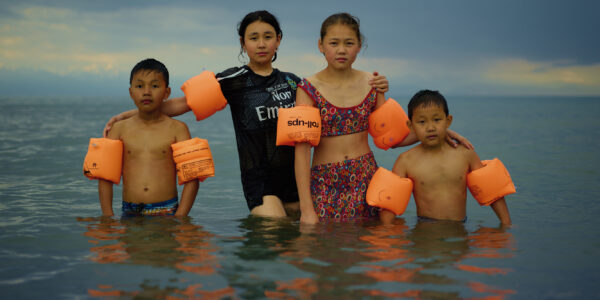
Photographer Stories
Intimacy in focus: Louise’s lens on humanity with Phase One_Part1
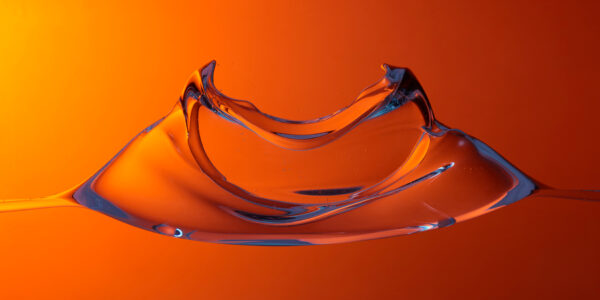
Photographer Stories
Dimitri Newman: Vision is Just the Start
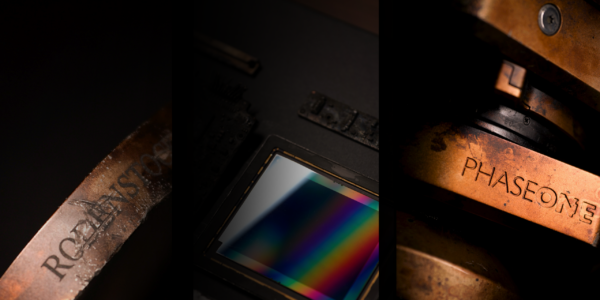
Photographer Stories
Ashes: The Rebirth of a Camera- Hexmalo
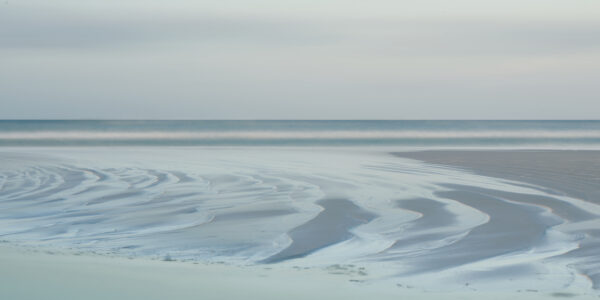
Photographer Stories
Chandler Williams: A Photographer’s Path
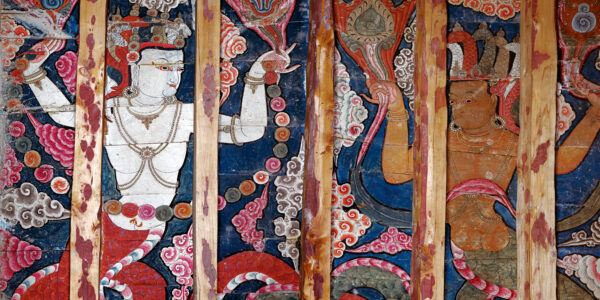
Photographer Stories
TABO- Gods of Light
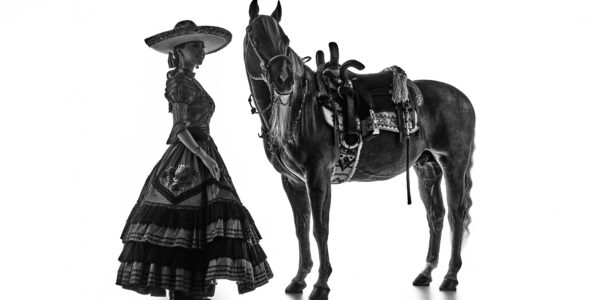
Photographer Stories
Loreto Villarreal – An Evolving Vision
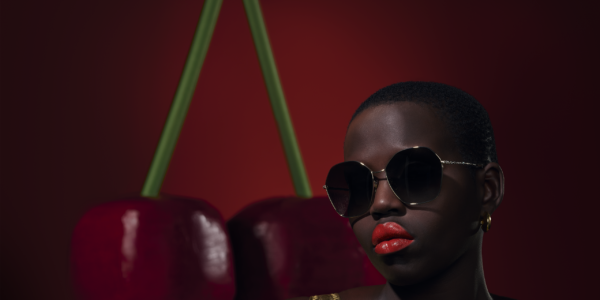
Photographer Stories
Tobias Meier – Storytelling Photography
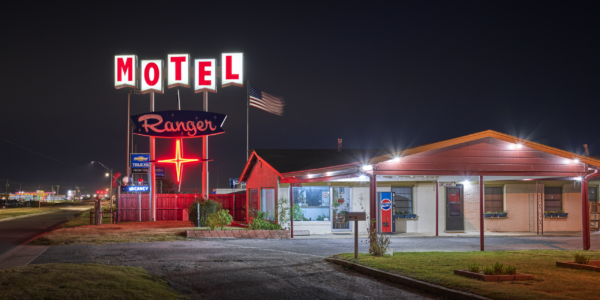
Photographer Stories
Gregory Essayan – Curating Reality
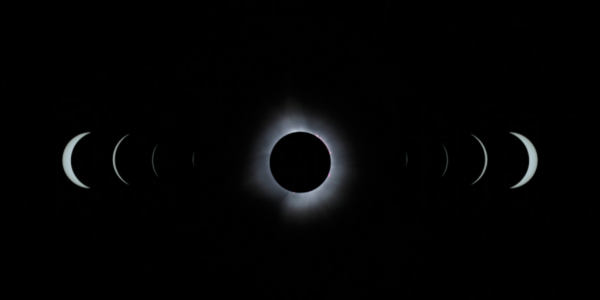
Photographer Stories
Total Solar Eclipse – Matthew C. Ng
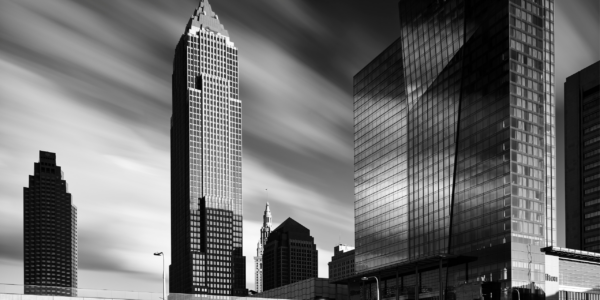
Photographer Stories
Roger Mastroianni – Frame Averaging
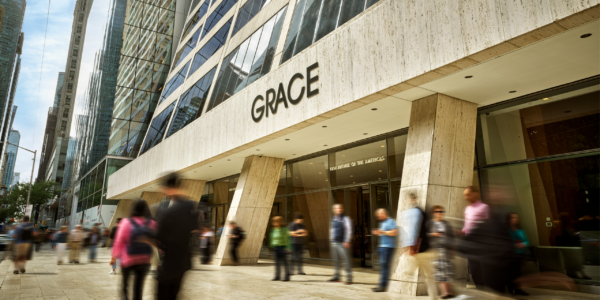
Photographer Stories
Matthew Plexman – Bringing portraits to life
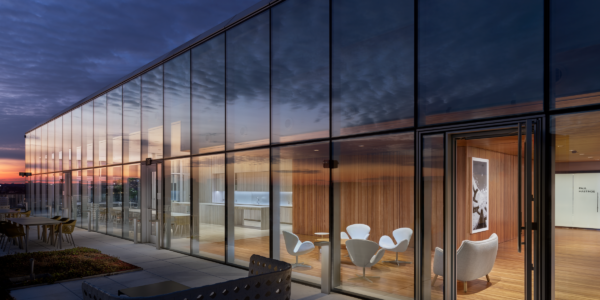
Photographer Stories
Prakash Patel – A Visual Design Story
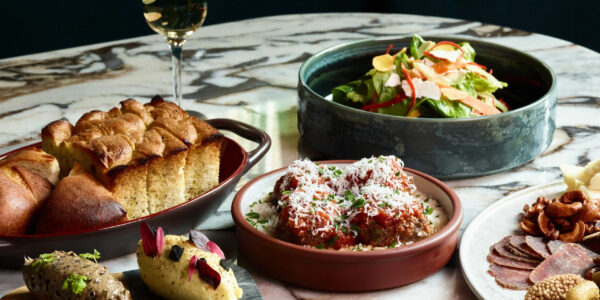
Photographer Stories
Karen Culp – Food Photography Ideas
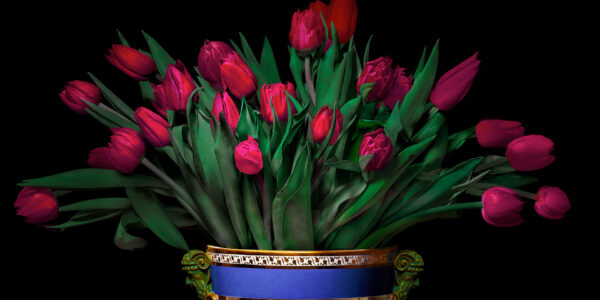
Photographer Stories
T.M. Glass: Flower portraits
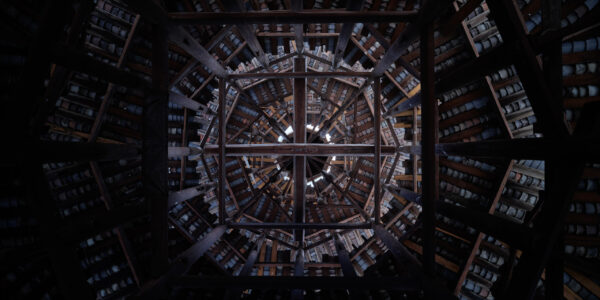
Photographer Stories
Preserving ancient Chinese buildings – Dong Village
